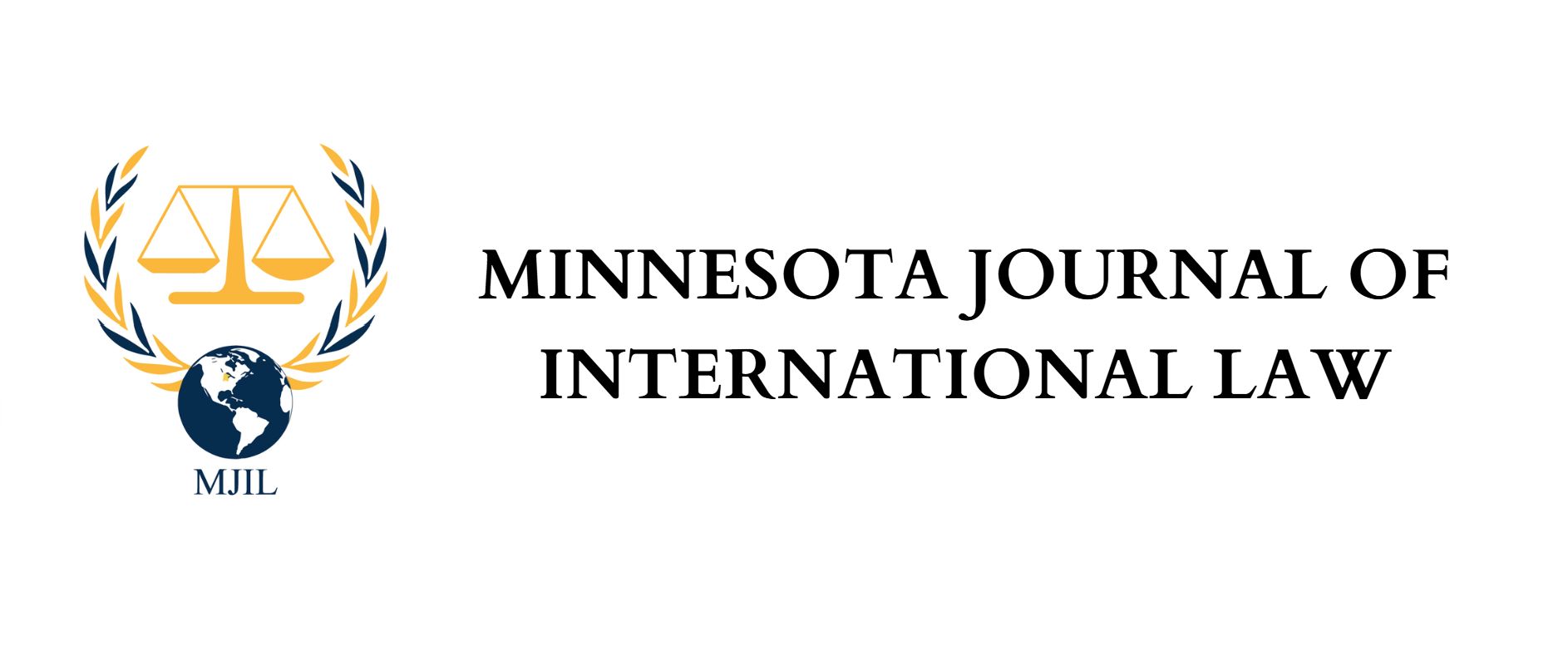Michele C. Perles, Staff Member
On September 9th 2018, Sweden had one of the most unique elections in its history. In the highest voter turnout since 1985[1], the Swedish people destabilized their own government by not electing a majority party. One of the driving forces of the result was the rise of the Sweden Democrats, a party based on a strong platform of nationalism.
After the 2015 refugee crisis in Europe, Sweden had the most asylum seekers of any country in the world, in proportion to their population.[2] As a result, immigration has become a top political issue[3], and the Sweden Democrats have become a more popular party.[4] Originally developed from the neo-Nazi movement, in recent years the party has focused their platform on the message that the increase in refugees will threaten Sweden’s generous welfare state.[5] At points during summer 2018, polls projected the Sweden Democrats could win over 25% of the vote in the 2018 general elections.[6]
Swedish general elections are held to elect members of the decision-making body, the Riksdag.[7] It is comprised of 349 representatives, elected through proportional representation.[8] A party must receive at least four percent of the vote during an election to come into the Riksdag.[9] After the votes are counted, the 349 seats are distributed among the parties as accurately as possible.[10]
After the 2018 general election, the Swedish Social Democrats won the largest portion of votes, 28.4%, their lowest since 1908.[11] For the past 101 years, the center-left Social Democrats have been the largest party in Sweden.[12] The center-right Moderates won the next largest portion, 19.8%.[13]
Although the Sweden Democrats won only 17.6% of the vote, they still have a large enough portion of representatives to have an impact on decision making.[14] Their position, as the third largest party, effectively deprives both of the other major parties from having a majority.[15] The depravation of a majority forces the other two parties to negotiate more aggressively with each other, or to include the Sweden Democrats in their proposals.[16] Even through the party preformed poorer than previous projections, the 2018 election has still netted 62 representatives and cemented them as a necessary negotiation partner in Swedish politics.[17]
[1] Statistics Sweden, (Nov. 21, 2018) https://www.scb.se/en/finding-statistics/statistics-by-subject-area/democracy/general-elections/general-elections-results/pong/statistical-news/namnlos/.
[2] George Arnett, Which EU Counties Had the Most Asylum Seekers?, The Guardian (May 11, 2015) https://www.theguardian.com/world/datablog/2015/may/11/which-eu-countries-receive-the-most-asylum-seekers.
[3] Jon Henley, Sweden’s Elections: Everything You Need to Know, The Guardian (Sep. 5, 2018) https://www.theguardian.com/world/2018/sep/03/sweden-elections-everything-you-need-to-know.
[4] Id.
[5] Id.
[6] Id.
[7] Elections to the Riksdag, Sveriges Riksdag (Mar. 16, 2018) http://www.riksdagen.se/en/how-the-riksdag-works/democracy/elections-to-the-riksdag/.
[8] Id.
[9] Id.
[10] Id.
[11] Jack Schofield, Three Months After the Election, Here’s Why Sweden Won’t Have a Government for Christmas, The Telegraph (Dec. 23, 2018) https://www.telegraph.co.uk/news/2018/12/23/three-months-election-swedes-wont-have-government-christmas/.
[12] Id.
[13] Atika Shubert, Linnea Wannefors & Angela Dewan, Swedish Election Deadlock as Far-Right Party Makes Gains, CNN (Sep. 10, 2018) https://www.cnn.com/2018/09/10/europe/sweden-elections-results-intl/index.html?no-st=1550246013.
[14] Michael Barrett, What Next for Sweden After Election Nailbiter?, The Local (Sep. 10, 2018) https://www.thelocal.se/20180910/what-next-for-sweden-after-election-nailbiter .
[15] Id.
[16] Id.
[17] Schofield, supra note 11.
